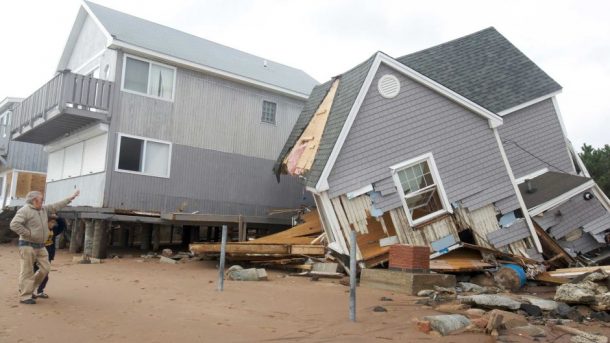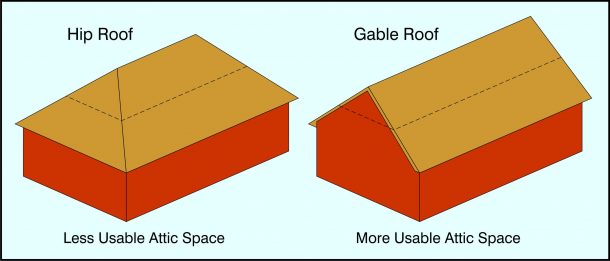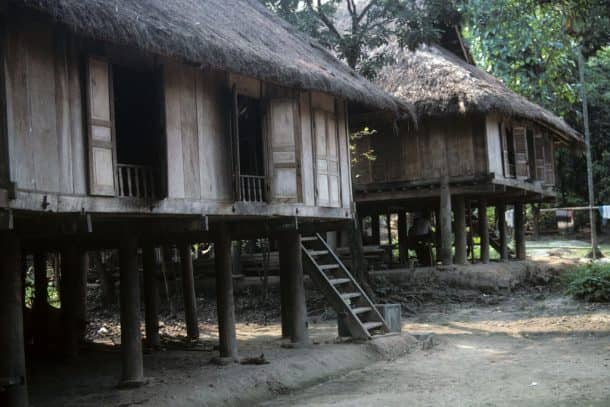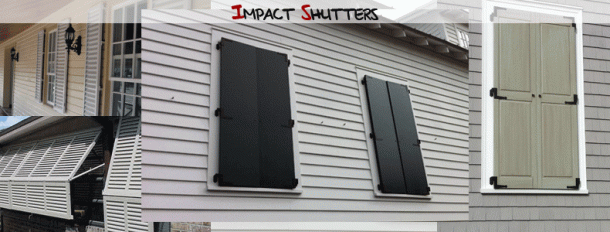Natural disasters have been hitting our planet since the human species was born. With all our activities that are speeding up climate change, we have incurred nature’s wrath upon ourselves with hurricanes, earthquakes, and floods hitting us more than ever. At a time like this, we need to be as vigilant as we can and take proper measures to minimize the impact of these disasters on our lives.
Within a time frame of less than a month, hurricanes Harvey, Irma, and Maria hit the United States leaving entire cities and islands destroyed and powerless, stranding thousands and thousands of people outside their homes. You can never be fully protected from a natural disaster, but if you live in a coastal area, you better look into the science that offers ways to be prepared for an incoming hurricane, flood, or a typhoon.

When the Hurricane Katrina hit New Orleans area in the August of 2005, it left behind a mess of inhabitable houses. In 2007, Civil engineer Rima Taher at the New Jersey Institute of Technology did an extensive study of many kinds of houses to figure out what styles and shapes of houses last the longest. “Although I’d like to say that there is a simple and economical solution for housing that won’t fail or collapse in the perfect storm, such information does not yet exist. However, it is obvious that thanks to the work of wind engineers and researchers that changes to home design and construction can make buildings safer for people, while saving the government and industry billions of dollars annually,” says Taher.
The houses that that stood the best against the best against the hurricane had the following features in common:
Square Floor Plans with Multi-Panel Roof
The wind loads of hurricanes can be greatly reduced by square, hexagonal, and even octagonal plans with four or more roof panels. The modern, trendy roof patterns have been found to sacrifice safety, a study at James Cook University found. Researcher Korah Parackal says, “The current building standards can underestimate suction pressures on roof edges of houses with complex roof shapes, and more so for two-story houses.”

They also said that most designers consider only the worst case wind direction and the tiniest of mistake in planning can lead to a devastation much bigger than it should have been. “Our wind tunnel research has shown the margins for error are not as great as many people think and underlines the need for builders and apprentices to be aware that very small defects in construction can get you in very big trouble,” Parackal said.
Strong Roof to Wall Connections
When a hurricane passes, we see thousands of roof shingles completely blown off of the houses, and that happens because the wind applies uplifting forces on the house. Many roofs before the Hurricane Andrew were stapled to the walls of the houses, which was banned in 1993 when the post-hurricane damage was observed.
Multiple Slope Roofs
The hip roofs with multiple slopes are more expensive to build compared to the gable roofs, but they are also much stronger. They do not peel off of the house like a stray umbrella in a strong wind. They reduce the pressure being applied to the connecting roof edges and thus make the house a tad safer. The hip roofs do not allow the winds to take a strong foothold.
Shorter Roof Overhangs
It is hardly debatable among civil engineers that the roof overhands should be no longer than 20 inches (51 cm). The purpose is the same: avoid strong wind uplift forces, so the roof does not blow off.
Elevated structures
Homes built on elevated structures are clearly more aesthetically pleasing, but they have more advantages. The houses built around coastal areas have had stilts for centuries just to keep the house safe in case of extreme flooding. In case of a natural disaster, feets and feets of water could damage all the structure of the house and damage the electrical circuitry.

Tested Doors and Windows
The Kiesling Wind Science and Engineering Research Center at Texas Tech has made a list of strongest doors and windows in many styles and types. If you are in the US, you should check your windows against Federal Emergency Management Agency (FEMA) approval list before you get them fixed in your new house.
Strong Garage Doors
Our traditional houses have very weak garage doors, and this one damaged door can result in pressurization of the house due to high-speed winds and rain. This pressure weakens the roofing connections enough for the roof to completely pop off. The garage doors should be able to withstand a force of more than 50 pounds per square foot, and it is a better idea to use single doors as compared to double-door units.
Shuttered Windows
We have often heard people say that it is a good idea to keep the windows open during high winds of tornadoes to level out the pressure inside and out, but in reality, it does not stand true. Keep the windows closed to debris does not fly right inside your homes.

Many people seal their windows with boards to prevent hurricane damage but you can use window clips that are screwless and nailless to make the work easier. They can easily be snapped onto plywoods without much effort. While they may not prevent the damage from the strongest hurricanes, they do have a resistance enough to stand against 150 mph of wind.
Keep yourself prepared; stay safe!


